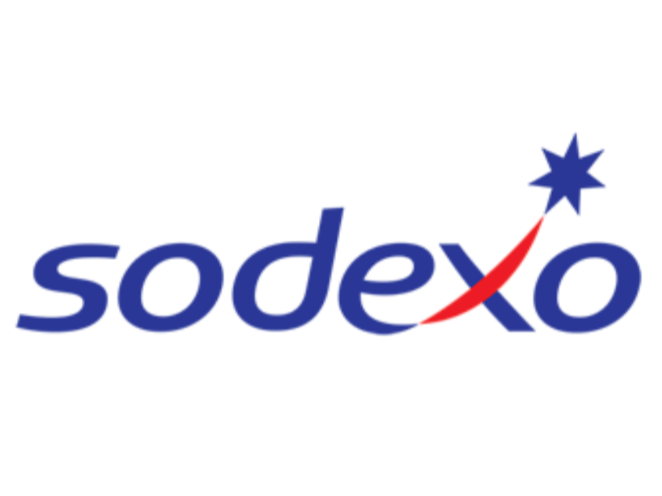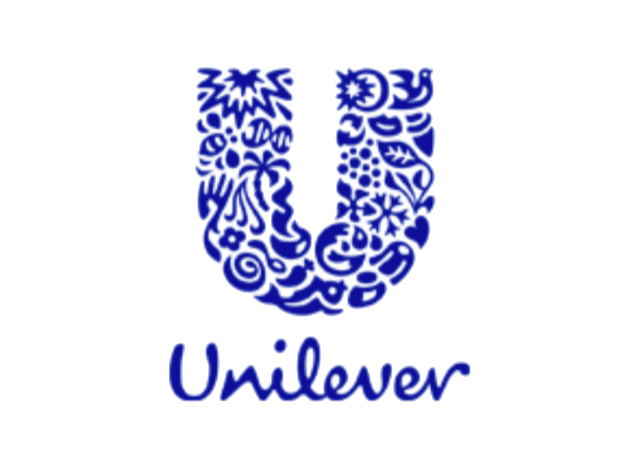Organizations can further gender equality by working with or supporting diverse suppliers and guaranteeing women’s rights in suppliers’ workplaces.
The private sector has the ability to integrate gender equality fully by focusing on all facets of its supply chain. This integration can come in the form of supporting supplier diversity and inclusion, and more specifically, prioritizing women-owned and -operated businesses within your supply chain. Additionally, integration includes guaranteeing that human rights and gender equality practices exist within the workplaces of your suppliers. In some industries, women comprise the majority of workers in the supply chain, making their wellbeing and safety a central concern.
While organizations are committed to improving gender equality within their own workplaces, only 28 percent of companies currently address gender equality among their suppliers and less than 25 percent require suppliers to submit gender-disaggregated data. Additionally, while 51 percent of Canadian private sector enterprises have implemented supplier diversity initiatives, Canadian women-owned businesses comprise less than 5 percent of all domestic and international suppliers to corporations and governments.
Organizations that prioritize supplier diversity and empower women in the supply chain benefit from a number of strategic opportunities, including:
- A 133 percent higher return on procurement investments and a 20 percent lower cost on buying operations
- Better customer base representation as women dominate the global marketplace, controlling over $20 trillion in consumer spending and 85 percent of consumer purchasing decisions
- Greater ability to meet production and delivery deadlines or safeguard against disruptions by diversifying the supply chain and guaranteeing compliance with human rights and labour laws
- Stimulate community development, job creation, and market growth as women invest the majority of their income back into their families and communities
Support for the Private Sector
A number of organizations are helping the private sector diversify its supply chains. For instance, WEConnect International identifies, educates, registers, and certifies women’s business enterprises that are at least 51 percent owned, managed, and controlled by one or more women through their Women Business Enterprises (WBE) Certification and connects them to over 100 corporate buyers, including corporations active in Canada, such as Accenture, Bayer, BDC, Boeing, Citi, Dell, Delta, D&B, EDC, Enterprise Rent-A-Car, ExxonMobil, EY, IBM, Marriott International, Merck, Moody’s, Pfizer, P&G, Sodexo, TD Bank, UPS, and Walmart. Similarly, the Canadian Aboriginal and Minority Supplier Council (CAMSC) helps corporations identify competitive suppliers of goods and services by certifying Aboriginal and minority-owned businesses. CAMSC certification is a market access tool that provides suppliers with a direct access point to major corporations across Canada and the United States which value the business benefits of an inclusive and diverse supply chain.
Good Practices in the Private Sector

Sodexo actively seeks to bring diverse business into its network of suppliers, including women-owned, minority-owned, disabled-owned, or LGBT-owned companies. Through its Supply Chain Inclusion Program, Sodexo has committed to spend US$1 billion with 5,000 SMEs (small and medium-sized enterprises), 1,500 of which will be owned and operated by women. Sodexo tracks the progress by country annually for both women and underutilized vendors as defined in each country as well as tracking spend with local and small businesses.

TELUS’ Supplier Diversity Program encourages economic development and provides more opportunities for Indigenous, LGBTQ+, women-run, and diverse organizations to bid for business in competitive processes. This ensures that TELUS’ suppliers reflect their diverse customer base and bring new ideas and creativity to the table. TELUS has increased spend with accredited diverse vendors by 35 percent since 2014. The scope of the program includes Canadian companies certified by the Canadian Aboriginal and Minority Supplier Council (CAMSC), Women Business Enterprises (WBE) Canada, and Canadian Gay and Lesbian Chamber of Commerce (CGLCC).

Unilever has a robust Code of Business Principles and Code Policies available on its corporate website, outlining its principles and policies for employees and Unilever companies. To advance gender equality within its supply chain, Unilever Global worked with UN Women to develop the Global Safety Framework for Rural Spaces that provides support for organizations to eliminate violence against women and girls in agricultural supply chains. Unilever is also investing €2 million towards implementing the Framework across its supply chain in Kenya, Tanzania, and Rwanda to prevent sexual harassment and gender-based violence and to provide access to basic health care services required by women, including maternal health and family planning services.
Recommendations for Supply Chain
- Have a dedicated team or individual focused on supplier diversity and inclusion targets and ensure that there is personal accountability for all unit managers helping to meet those targets.
- Simplify and standardize the application and contracting process for suppliers as it can remove barriers for participating in the processes.
- Make your supplier diversity and inclusion strategy, programs, and policies accessible internally and externally. Include these elements on the corporate website and establish internal communications to inform all levels of the organization and to find ambassadors who will champion the efforts in their respective areas.
- Implement a supplier diversity and inclusion code of conduct and regularly evaluate compliance. Integrate gender-responsive language in the code and establish an appropriate management system. An external audit can help verify if suppliers are in compliance.
- Establish formal incentives, rewards, sanctions, and penalties for your direct suppliers for providing or failing to secure workplaces that advance or empower women and diverse groups.
- Create a scorecard to measure and report on diversity and gender equality in the supply chain. Include the number of registered suppliers that are women’s businesses and diverse enterprises, those committed to gender equality.
- Perform a supplier diversity analysis to identify opportunities for improvement. Include internal spend analysis, total amount and percentage of procurement spend going to women’s businesses and diverse enterprises, evaluation of supplier environment, or a supplier baseline survey with gender-disaggregated data.
- Map your supply chain or perform a social audit to improve understanding and uncover “hidden” parts of production or services contracted out to a vulnerable and high-risk workforce.
- Establish a formal supplier development process to help women-owned businesses improve their global competitiveness and support capacity building.
- Educate prime suppliers on the benefits of supplier diversity and inclusion, and gender equality in the workplace. Support suppliers that improve their practices and recognize and reward them.
Success Factors for Supply Chain
- Successful supplier diversity and inclusion strategies are developed with support and guidance from executive leadership. Establish a formal inclusive procurement strategy and a written policy supported by executive management.
- Establishing aggressive goals for supplier diversity spend, specifically gender-responsive procurement, can lead to an increase in market share. Companies that allocate 20 percent or more of their spend into diverse suppliers attribute 10-15 percent of annual sales to those suppliers compared to 5 percent of sales when assigned less than 20 percent of spend.
- Partner with external stakeholders that work to improve gender equality and inclusion in supplier workplaces, and catalyzing organizations that support diverse suppliers. These stakeholders and organizations can provide access to certified diverse suppliers, supplier events, and networking opportunities, as well as resources and information about empowering women in supply chains.
- Conduct deliberate due diligence about suppliers’ workplaces before entering into an agreement. Develop a realistic understanding of local markets and cultural context to ensure all levels of suppliers respect human rights, labour laws, and promote gender equality and women’s empowerment.
Assess Your Organization’s Supply Chain
- To what extent is supply chain diversity and inclusion a priority for your organization’s gender equality efforts?
- Does your organization have an enterprise-wide supplier diversity and inclusion policy that specifically addresses gender-responsive procurement?
- Does your organization have a written enterprise-wide supplier diversity and inclusion policy that specifically addresses supplier workers’ rights in order to advance gender equality?
- Has your organization evaluated its supply chain in regard to supplier diversity, gender equality, and human and labour rights performance?
- How does your organization ensure that its supply chain is diverse (e.g. women, ethnicity, LGBTQ2+, diverse abilities)?
- How does your organization ensure that direct/prime suppliers and prospective suppliers align with its supplier diversity, gender equality, and human and labour rights efforts?
- How does your organization encourage direct/prime suppliers to purchase more from women’s business enterprises?
- How does your organization encourage direct/prime suppliers to advance gender equality and women’s empowerment within their workplaces?
- Does your organization support the development of women’s businesses and diverse enterprises (e.g. capacity building, training)?
- Does your organization work with external stakeholders to support diversity and inclusion in the supply chain (e.g. local governments, supplier diversity networks, human rights organizations, industry associations, universities and incubators)?


